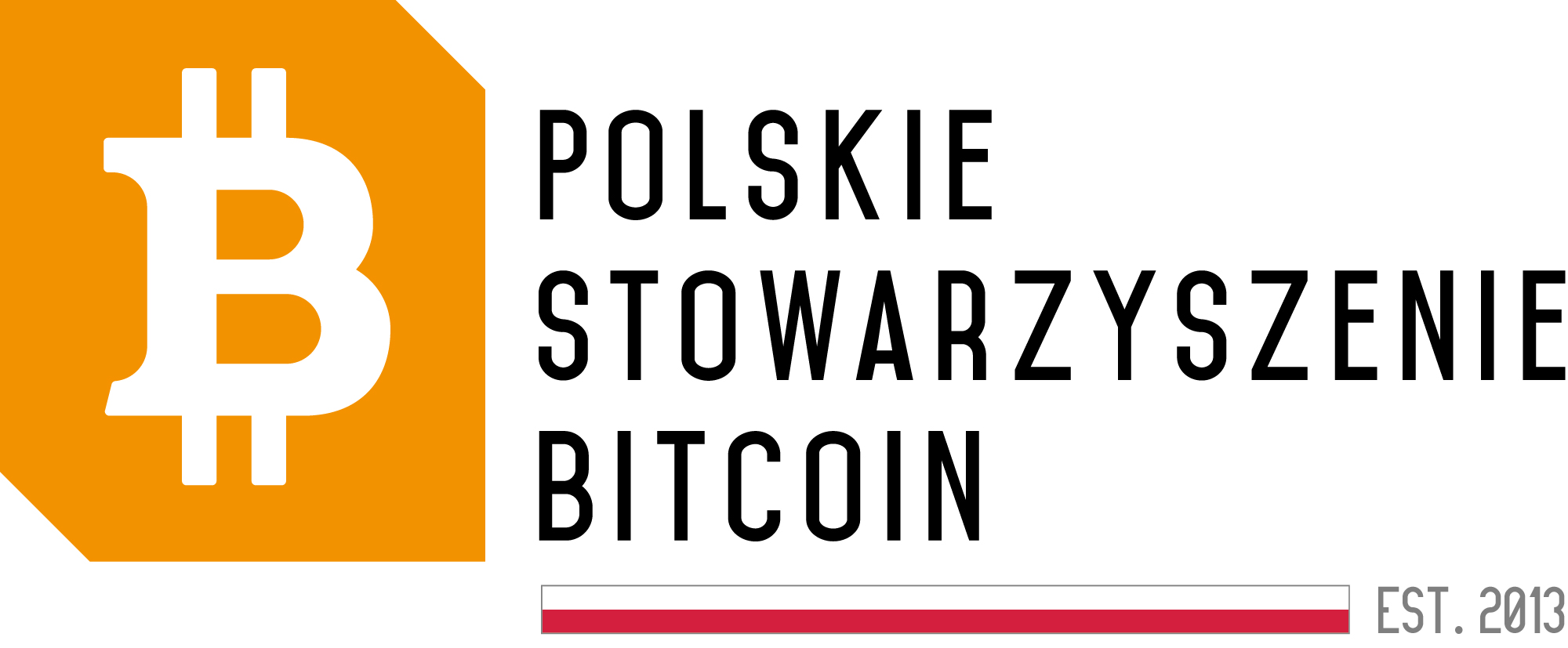Ethereum after the Introduction of Proof of Stake (PoS) Mechanism post Merge
Ethereum, one of the largest and most popular blockchain platforms in the world, has transitioned to the Proof of Stake (PoS) mechanism post Merge, triggering revolutionary changes in the functioning of its ecosystem. One of the key aspects that has undergone significant modification is the Maximal Extractable Value (MEV).
Maximal Extractable Value (MEV) and how it Works in Ethereum
MEV refers to the potential profits attainable through block manipulation in decentralized networks, such as Ethereum. Following the transition to PoS and Merge, MEV operations in Ethereum involve three main entities: proposers, builders, and seekers, creating a delicate balance in the MEV ecosystem.
The Role of Proposers, Builders, and Seekers in MEV
Proposers are responsible for finalizing blocks, builders construct blocks with transactions for the proposers, while seekers hunt for opportunities to extract value from transactions. This trio of entities plays a crucial role in the new PoS structure of Ethereum, determining the efficiency and security of the network.
Analyzing MEV in PoS Ethereum
Examining the MEV case in the new PoS structure of Ethereum allows us to understand how the roles of proposers, builders, and seekers impact the functioning of the blockchain ecosystem. Analysis based on literature research and observations of MEV cases helps delve into both theoretical and practical aspects.
Effects of the PoS Transition on MEV
Following the shift to the Proof of Stake mechanism, MEV in Ethereum has undergone significant transformations, introducing both new opportunities and challenges for users and developers. The increase in MEV can enhance efficiency and fairness, but it can also lead to higher transaction fees for everyday users.
Conclusions
The new PoS structure of Ethereum requires continuous monitoring and evolution of MEV to ensure a balance between the economic interests of proposers, builders, and seekers, and the needs of users. Synchronizing the actions of these three entities is crucial to ensuring the stability and innovation of the blockchain ecosystem.







